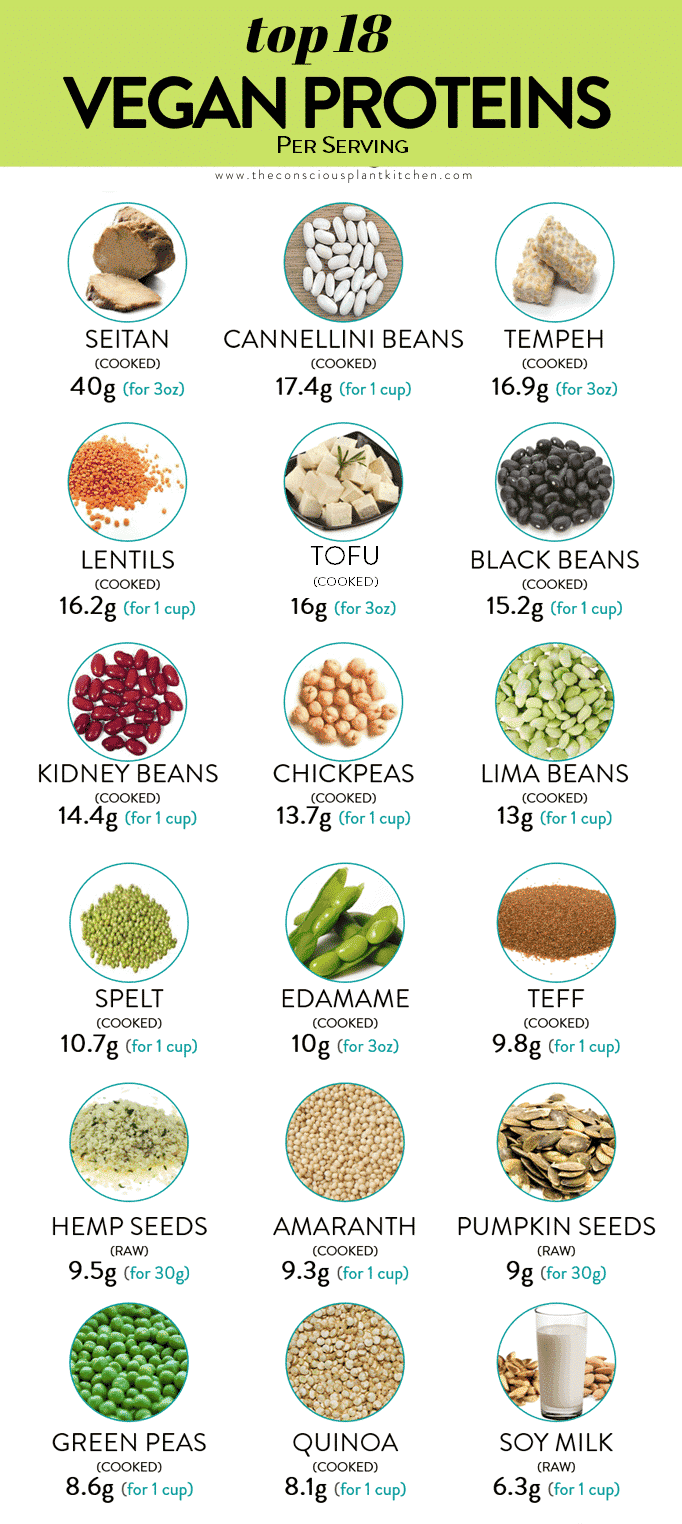Spicy and flavorful, red chili is a staple ingredient in many cuisines around the world. From its humble origins in Mexico to its widespread use in Indian and Thai cuisine, this fiery little pepper packs a punch when it comes to adding heat and flavor to dishes. But did you know that red chili has numerous health benefits as well? In this article, we explore everything you need to know about red chili – its uses, benefits, and potential side effects – so that you can make informed choices about incorporating it into your diet.
Whether you’re a fan of spicy food or simply looking for ways to boost your overall health, read on to discover how red chili could be the perfect addition to your daily routine.
“Spice up Your Life with Red Chilli”
Red chili is a popular spice that can add heat and flavor to any dish. This fiery spice contains capsaicin, which is responsible for its heat. Capsaicin has been found to have numerous health benefits, including pain relief and improved digestion. It can also help boost metabolism and aid in weight loss.
In addition to its health benefits, red chili is incredibly versatile when it comes to cooking. It can be used in everything from soups and stews to sauces and marinades. Its bold flavor pairs well with meats, vegetables, grains, and even fruits! Whether you’re looking to add some kick to your morning omelet or want to create a spicy pasta sauce for dinner, red chili is the perfect ingredient.
However, it’s important to note that consuming too much red chili can have side effects such as heartburn and stomach irritation. As with any spice or food ingredient, moderation is key! But by using red chili in moderation and exploring its many uses in cooking, you can truly spice up your life both figuratively and literally.
What is Red Chilli?
Red chili is a common spice used in many parts of the world to add heat and flavor to dishes. It comes from the fruit of the Capsicum annuum plant, which belongs to the nightshade family. Red chilies can vary in spiciness, depending on their variety and how they are prepared.
Red chili has numerous uses, both culinary and medicinal. In cooking, it is commonly used as a seasoning for curries, soups, stews, and sauces. The spice is also used in marinades, rubs, and dry spice blends. Besides its culinary uses, red chili contains capsaicin – a compound that can help reduce inflammation and pain when applied topically.
While red chilies have many benefits when consumed in moderation, there are some potential side effects to be aware of as well. Overconsumption of spicy food can lead to digestive discomfort such as heartburn or nausea. In some cases, consuming too much red chili over time may also increase the risk of stomach ulcers or other gastrointestinal issues. Therefore it’s important to consume red chili in moderation so that you can enjoy its benefits without any side effects.
Also Read: wellhealthorganic.com:11-health-benefits-and-side-effects-of-olives-benefits-of-olives
“Overview of the Popular Spice”
Red chili, also known as cayenne pepper, is a popular spice used in many cuisines around the world. It is made from hot chili peppers that have been dried and ground into a fine powder. Red chili has a distinct spicy flavor and can add heat to any dish it is added to. In addition to its culinary uses, red chili has several health benefits as well.
One of the main benefits of red chili is its ability to boost metabolism and aid in weight loss. The capsaicin present in the spice helps speed up metabolism and burn calories faster. Additionally, red chili may help reduce blood pressure levels due to its high potassium content.
However, it is important to note that consuming too much red chili can lead to side effects such as heartburn, stomach pain, and diarrhea. It should be consumed in moderation, especially for individuals with digestive issues or sensitive stomachs. Overall, red chili is a versatile spice with numerous health benefits when consumed in moderation.
Uses of Red Chilli
Red chili, also known as cayenne pepper, is a popular spice that is widely used in various cuisines around the world. It is known for its pungent taste and vibrant red color. Apart from adding flavor to food, red chili has several health benefits too. It contains capsaicin, which helps in boosting metabolism and reducing inflammation.
One of the most common uses of red chili is to add spice to food. It can be used in dried form or as a powder and added to curries, stews, soups, and even salads for an extra kick of flavor. Red chilli can also be infused into oil or vinegar which can be used for cooking or as dressing for salads.
Apart from culinary uses, red chili has several medicinal properties too. Due to its anti-inflammatory properties, it is often used as a natural remedy for pain relief. Red chili paste can also be applied topically on the skin to relieve joint pains and muscle soreness. However, excessive consumption of red chili may cause heartburn and digestive issues; therefore it should always be consumed in moderation with proper consultation from a medical expert.
“Culinary and Medicinal Applications”
Red chili, also known as red pepper or cayenne pepper, is a popular spice used in culinary and medicinal applications. In the culinary world, it is primarily used to add heat and flavor to dishes. It can be found in various forms such as fresh, dried, ground, or powdered. Red chili is commonly added to curries, soups, sauces, and marinades. Its pungent taste makes it a great ingredient for spicy snacks like samosas and pakoras.
In traditional medicine practices, red chili has been used for its numerous health benefits. It contains capsaicin which has anti-inflammatory properties that can help with pain relief. The consumption of red chili has also been linked to improved digestion due to its ability to stimulate the production of digestive enzymes. Red chilli is also known to boost metabolism which can aid in weight loss.
However, excessive consumption of red chili may lead to side effects such as stomach irritation, heartburn, and even ulcers. It is important to consume red chili in moderation and consult with a healthcare professional if you have any underlying medical conditions before adding it to your diet or using it for medicinal purposes.
Benefits of Red Chilli
Red chili is a spice that has been used in traditional medicine for centuries. It contains an active component called capsaicin, which gives it its characteristic spicy taste and also provides several health benefits. One of the primary benefits of red chili is its ability to boost metabolism and aid in weight loss. Capsaicin has been shown to increase energy expenditure and reduce appetite, making it a valuable addition to any weight loss program.
In addition to weight loss, red chili has also been found to have anti-inflammatory properties. Studies have shown that capsaicin can help reduce inflammation in the body, which may be beneficial for those with conditions such as arthritis or other inflammatory disorders. Red chili has also been linked to improved heart health, with some studies showing that regular consumption may help lower blood pressure and cholesterol levels.
However, it’s worth noting that consuming too much red chili can lead to negative side effects such as stomach irritation or even ulcers in some cases. As with any spice or supplement, moderation is key when incorporating red chili into your diet for its various health benefits.
Also Read: Wellhealthorganic.com:easy-way-to-gain-weight-know-how-raisins-can-help-in-weight-gain
“Boosts Immunity, Aids Digestion, and More”
Red chili is more than just a spice that adds heat to your food. It has several health benefits that are worth knowing about. One of the most significant benefits of red chili is its ability to boost immunity. Red chilies contain high levels of vitamin C, which plays a crucial role in strengthening our immune system and protecting us from infections and diseases.
Apart from boosting immunity, red chili can also aid digestion. The capsaicin present in red chili helps stimulate the production of digestive juices, promoting better digestion and preventing gastrointestinal problems such as bloating and constipation. Additionally, studies have shown that consuming red chili regularly may help reduce inflammation in the gut and alleviate symptoms associated with irritable bowel syndrome (IBS).
In conclusion, adding red chili to your diet can provide numerous health benefits beyond just adding flavor to your meals. From boosting immunity to aiding digestion, it’s clear that there are plenty of reasons why you should consider incorporating this spice into your regular diet. However, like any other food or supplement, moderation is key when consuming red chilies to avoid potential side effects such as heartburn or stomach upset.
Side Effects of Red Chilli
Red chili is a popular spice used in many dishes around the world. While it has numerous benefits, including being a good source of vitamin C and aiding digestion, it also comes with some side effects. One of the most common side effects of consuming red chili is experiencing a burning sensation in the mouth or throat. This can be particularly uncomfortable for those who are not used to consuming spicy foods.
Another potential side effect of red chili consumption is an upset stomach. Some people may experience diarrhea or nausea after eating spicy foods, especially if they have consumed too much at once or have a sensitive stomach. It’s important to listen to your body and not push yourself too far when it comes to consuming spicy foods.
Finally, some studies have suggested that consuming large amounts of red chili over time may increase the risk of developing certain health conditions such as gastric ulcers or heartburn. While more research is needed in this area, it’s important to consume red chili in moderation and pay attention to any adverse reactions you may experience.
“Possible Risks for Certain Individuals”
While red chili is a popular ingredient in many dishes all over the world, it can pose certain risks to individuals who are sensitive or allergic to it. Some people may experience mild to severe reactions after consuming red chilies, such as stomach upset, diarrhea, and vomiting. In rare cases, anaphylaxis may occur which is a life-threatening allergic reaction that requires immediate medical attention.
Moreover, red chili can also aggravate existing health conditions like irritable bowel syndrome (IBS) and acid reflux disease. For those with IBS, the capsaicin compound found in red chili can irritate the digestive tract and cause discomfort. Meanwhile, spicy food including red chilies can trigger acid reflux symptoms by increasing stomach acidity levels leading to heartburn.
To avoid these possible risks, individuals who are sensitive or allergic to red chili should avoid consuming it altogether while those with underlying health conditions should consume it in moderation or under the guidance of their healthcare provider.
How to Incorporate Red Chillies into Your Diet
Red chilies are a staple ingredient in many cuisines, adding not only heat but also depth of flavor to dishes. Incorporating red chilies into your diet can also have numerous health benefits. One way to do this is by using them as a spice in cooking, adding them to curries, stir-fries, and soups for an extra kick of flavor.
Another way to incorporate red chilies into your diet is by making your own homemade hot sauce or chili oil. Simply blend fresh red chilies with garlic, vinegar, and salt to create a delicious condiment that can be used on everything from eggs to pizza.
Lastly, if you enjoy snacking throughout the day, consider trying dried red chili flakes as a healthy alternative to traditional snacks. Not only do they provide a satisfying crunch and spicy flavor, but they are also low in calories and high in vitamins A and C. Overall, incorporating more red chilies into your diet can be an easy way to add flavor and nutrition to your meals.
“Tasty Recipes and Tips for Usage”
Red chili is a popular spice that is used in many dishes, from Indian curries to Mexican salsas. It has a distinct flavor and can be used in both fresh and dried forms. If you have never cooked with red chili before, it’s important to know how to use it properly so that you can enjoy its unique taste without overwhelming your dish.
One of the best ways to use red chili is to dry roast it before using it in cooking. This will help bring out its flavor and aroma while also reducing its heat level. To do this, simply place whole dried chilies on a hot skillet or griddle and cook for a few minutes until they start to blister and become fragrant.
Another great way to use red chili is as a seasoning for salads or dressings. You can create your chili oil by mixing finely chopped dried chilies with olive oil and letting them infuse for several days. This will give your salads an extra kick of heat without overpowering the other flavors.
Overall, learning how to use red chili properly can add depth and complexity to your cooking repertoire while also providing numerous health benefits such as improved digestion, reduced inflammation, and increased metabolism.
Conclusion:
In conclusion, red chili is a versatile ingredient that adds heat and flavor to many dishes. It has been used for centuries in traditional medicine for its healing properties. However, it is important to note that excessive consumption of red chili can have negative side effects, such as digestive issues and throat irritation.
Despite the potential side effects, red chili also offers several health benefits. It contains capsaicin, which has been shown to help with pain relief and weight loss. Additionally, it may boost metabolism and improve heart health.
Overall, incorporating moderate amounts of red chili into your diet can be a healthy and flavorful choice. But like any food or supplement, it’s important to consume in moderation and consult with a healthcare professional if you have any co















You must be logged in to post a comment.